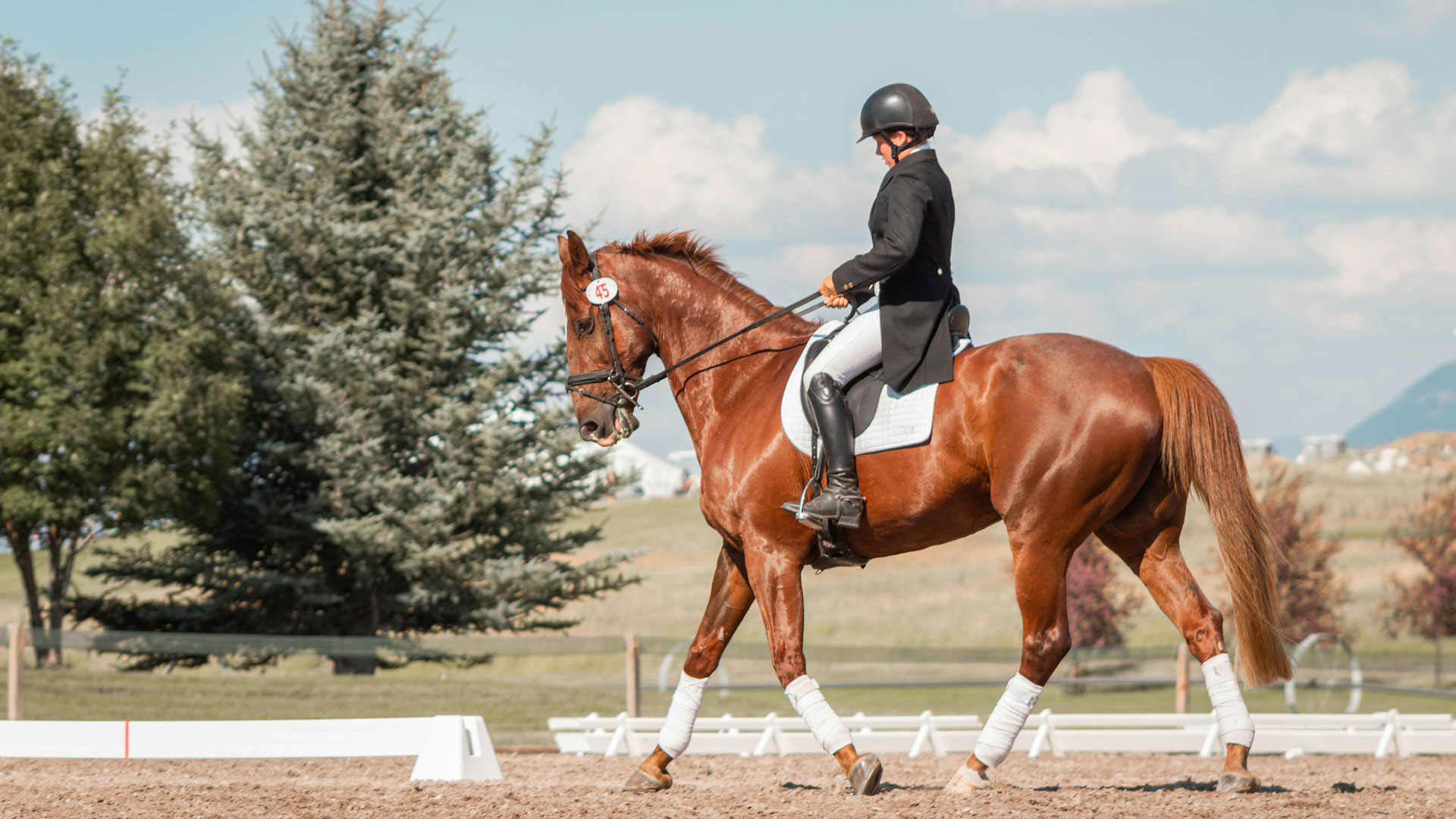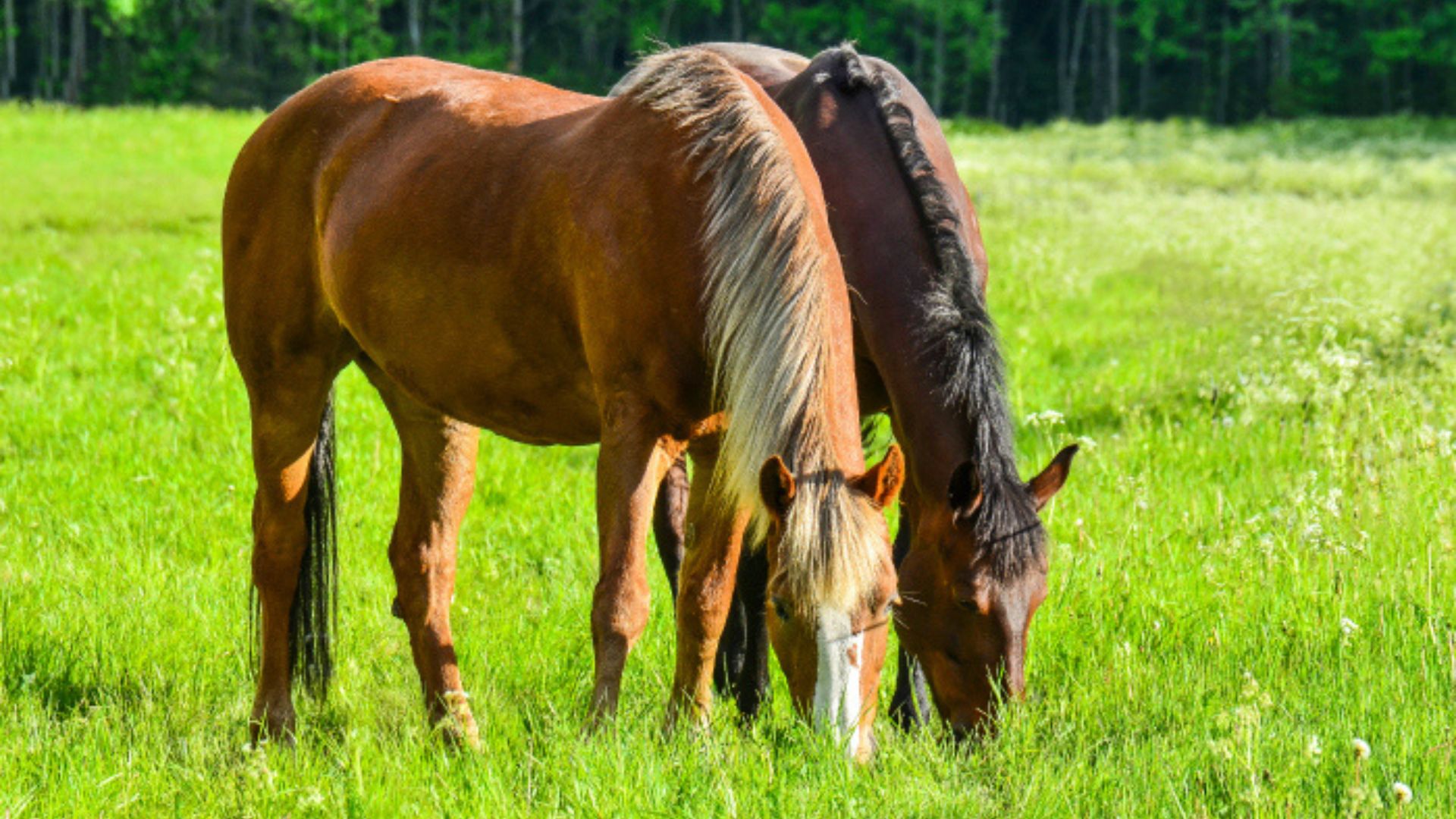
Key tips to take care of your horse’s hoof
There are different hoof problems that can occur in domesticated horses, but having a good relationship with your farrier and veterinarian can solve and prevent some of these. We will be discussing common hoof problems and basic hoof care procedures throughout the year so you know how often to change your horse’s hoof and identify any problem.
When you take care of your horse’s feet you safeguard its long-term health. Let’s find out the tips to keep your horse’s feet healthy.
How often should you trim or shoe your horse?
The hoof protects the sensitive structures and the bone inside the foot of horses. This is why this area is very delicate and needs to be taken care of properly.
Just as we keep our fingernails trimmed, horse’s hooves also need to be trimmed regularly. Similarly to our nails, if done properly it should not hurt your horse. This is because horseshoes are nailed into the outer layer of a horse’s hoof.
Depending on the season, you should trim or shoe your horse more or less:
- During the summer - horses should be trimmed or shod at least every 6-8 weeks. However, all horse owners should trim their horse’s hooves depending on their horse’s hoof growth. For instance, performance horses may need to be trimmed more frequently.
- During winter - Hooves grow slower, and can be trimmed at a longer interval. Depending on the horse, you might trim their hooves in about 6-12 weeks.
Related article: Best winter horse training tips to stay motivated
Keeping a good hoof balance
When a horse has a balanced hoof, they can move better and it puts less stress on their bones, ligaments and tendons. Moreover, depending on whether you shoe your horse or it is barefoot, you might want to consider different options when trimming.
Certified Journeyman Farrier Lee Olsen explains us how to trim your horse hooves properly when he is going to be barefoot:
Furthermore, consider that the toe is not too long and that it is squared, rounded or rolled. This will allow easier movements with each step.
Weather can affect your horse’s hoof
Depending on the weather conditions, you might have to be more cautious with your horse’s hooves. During dry weather or when there are frequent wet-dry changes, horses are prone to develop hoof cracks.
Moreover, during prolonged trimming intervals, the hoof wall often cracks as it is not supported properly. Sadly, this can sometimes be caused by genetics of some horses that have poor hoof quality and are more vulnerable to problems.
To treat these problems: Apply some hoof moisturizer to the hoof wall and sole during the dry weather or if the hoof is developing cracks. Moreover, proper nutrition and hoof supplements can help improve hoof quality. Lastly, make sure to trim the horse with more frequency.
During winter: special care needs to be taken if the horse lives outside. Snow can accumulate under the sole and cause bruising or imbalance. Moreover, ice can be slippery if the horse is wearing normal shoes.
To treat these problems: If the horse is barefoot, leave the shoes off as they usually slip less when barefoot. Horses that are vulnerable to bruising might need shoes, but make sure they have snow pads placed under the shoes and small cogs, borium or nails placed at the heels. Also, winter can dry out the hoof wall, so apply hoof moisturizer when needed.
Nutrition for proper hoof health
Keeping a good nutrition can minimize some hoof problems. When you feed your horse good quality hay, supplement with the appropriate amount of vitamins and minerals and ensure the horse has free access to clean water, the hoof health and overall horse health improves.
According to research from the University of Minnesota, horses with poor hooves can benefit from hoof-care products that contain biotin, iodine, methionine and zinc.
The most common hoof problems are caused by poor shoeing or trimming, hoof cracks, laminitis, thrush or solar abscess. While the first two problems can be solved by having a good relationship with your farrier/veterinarian and proper nutrition and moisturizing, thrush, laminitis or solar abscess can be painful for horses.
Thrush is a black, foul-smelling exudate found around the frog, and its associated with wet conditions. To treat it, keep your horse’s stalls or barns clean and dry. Laminitis is an inflammation of the laminae that can cause sinking of the coffin bone, and it has several causes. To treat it, regularly trim or shod horses and maintain short toes and frog and sole support.
Lastly, solar abscess is an infection of the sole that can lead to severe lameness. Remove the foreign body if possible, soak the hoof in warm water and Epsom salt and keep the hoof bandaged, dry and clean.
Are you taking proper care of your horse’s hooves? If so, write us a comment on our social media: we are on Facebook, Instagram and Twitter.












_v2.svg)
_v2.svg)









_v2.svg)


